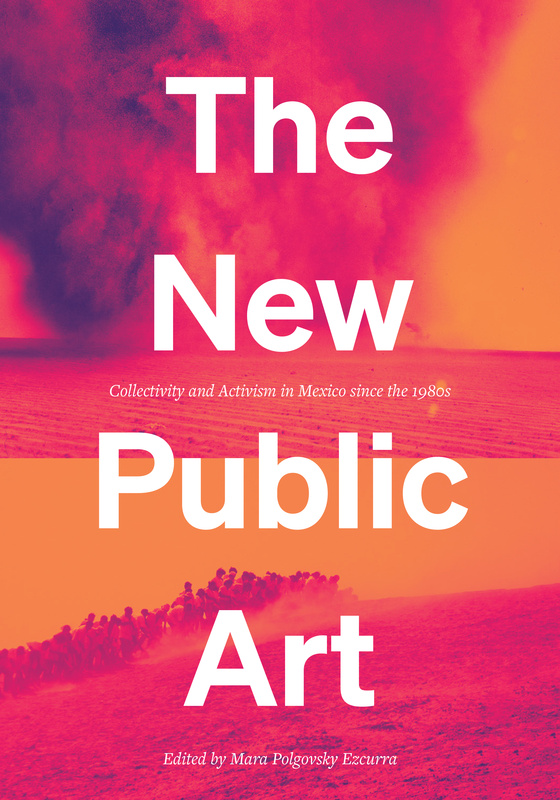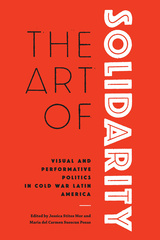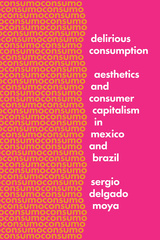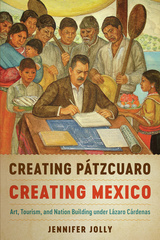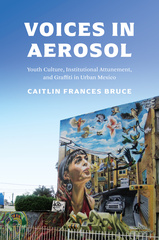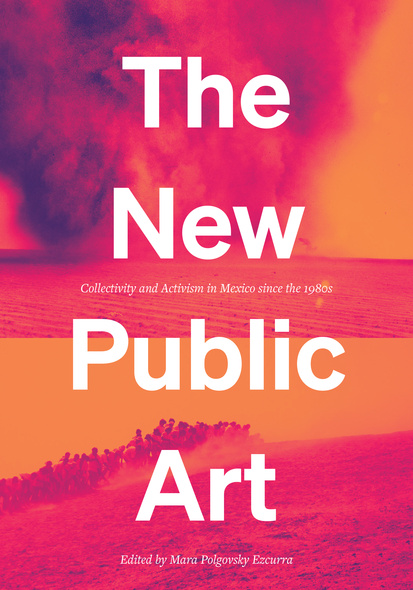
The New Public Art
Collectivity and Activism in Mexico since the 1980s
Essays on the rise of community-focused art projects and anti-monuments in Mexico since the 1980s.
Mexico has long been lauded and studied for its post-revolutionary public art, but recent artistic practices have raised questions about how public art is created and for whom it is intended. In The New Public Art, Mara Polgovsky Ezcurra, together with a number of scholars, artists, and activists, looks at the rise of community-focused art projects, from collective cinema to off-stage dance and theatre, and the creation of anti-monuments that have redefined what public art is and how people have engaged with it across the country since the 1980s.
The New Public Art investigates the reemergence of collective practices in response to privatization, individualism, and alienating violence. Focusing on the intersection of art, politics, and notions of public participation and belonging, contributors argue that a new, non-state-led understanding of "the public" came into being in Mexico between the mid-1980s and the late 2010s. During this period, community-based public art bore witness to the human costs of abuses of state and economic power while proposing alternative forms of artistic creation, activism, and cultural organization.
The New Public Art is valuable for giving less-known artists greater (and well deserved) exposure.
The emphasis on the activist restructuring of public collectivity through art leaves a sense of excitement, provocation, and inspiration that will be attractive to activists, artists, and academics alike. I imagine one of the reasons it was attractive to [Polgovsky Ezcurra] and the contributors to publish this volume in English was to make connections among artists and activists on both sides of the US-Mexico border. For those not particularly interested in the fine arts, the chapters would do very well as a window into thinking about some of the larger trends in recent Mexican politics in scholarship and the classroom alike.
The New Public Art is the right book at the right time for contemporary Mexican studies. This collection of essays represents the most sophisticated interpretations of contemporary art and society in Mexico. Each chapter expertly probes into areas of profound consequence—such as the systemic violence surrounding the drug wars, including state complicity and the human cost of the inumerable homicides and, in particular, femicide—all illuminated through the lens of visual art.
The New Public Art is an exciting collection of essays offering a feminist exploration of contests over ‘the public’ in Mexico. Bounded by the 1985 and 2017 earthquakes, the volume explores how art—from (neo)muralism and (anti)monuments, to conceptual, film, and performance works—brings reimagined publics into being. While sensitive to global contexts, the contributors focus on the specificities of Mexican art at the turn of the twenty-first century, suggesting that the legacies of Mexican muralism, post-revolutionary politics, NAFTA, and the drug war shape the conditions for the emergence (and reinvention) of civic society. The new publics that coalesce are inspirational and at times surprising, from communities of protesting families to communities of the dead.
Mara Polgovsky Ezcurra is a senior lecturer in contemporary art at Birkbeck, University of London, and the author of Touched Bodies: The Performative Turn in Latin American Art.
- Introduction. Agoraphilia: Notes on the Possibility of the Public (Mara Polgovsky Ezcurra)
- New Muralisms
- Chapter 1. New Muralisms after Muralism (Natalia de la Rosa and Julio García Murillo)
- Dossier A. Grupo Germen
- Chapter 2. Public, Political, and Aesthetic Spaces in Ayotzinapa (Ana Torres)
- Dossier B. Campamento Audiovisual Itinerante (CAI)
- Feminist Publics
- Chapter 3. Politics of Enunciation and Affect in an Age of Corporeal Violence: Mónica Mayer’s The Clothesline and Pinto mi Raya’s Embraces (Karen Cordero Reiman)
- Dossier C. Colectivo A.M.
- Chapter 4. Performative Resurrections: Necropublics and the Work of Guadalupe García-Vásquez (Erin L. McCutcheon)
- Dossier D: Teatro Ojo
- Chapter 5. The Ultimate Witnesses: Listening to Teresa Margolles’s Counterforensic Archive (Carlos Fonseca and Enea Zaramella)
- Dossier E: La Casa de El Hijo del Ahuizote
- Antimonuments and the Undercommons
- Chapter 6. Public Art and the Grammars of Antiracism (Abeyamí Ortega Domínguez and Sarah Abel)
- Dossier F: Aeromoto
- Chapter 7. Menos Días Aquí and Bordamos por la Paz: Grief, Social Protest, and Grassroots Memorialization in Mexico’s War on Drugs (Adriana Ortega Orozco)
- Dossier G: Antimonuments: The Brigade for Memory
- Chapter 8. Conceptualizing the Public: Femicide, Memorialization, and Human Rights Law (Michael R. Orwicz and Robin Adèle Greeley)
- Migrant Poetics and Capitalist Landscapes
- Chapter 9. On Affordable Housing: Reflections on the (A)political Evolution of the Territory (Arturo Ortiz-Struck)
- Dossier H: Brigada Tlayacapan
- Chapter 10. Polvo/Polvoriento/Polvareda: The Poetics of Dust, Dissent, and Migration (Erica Segre)
- Acknowledgments
- Contributors
- Index

